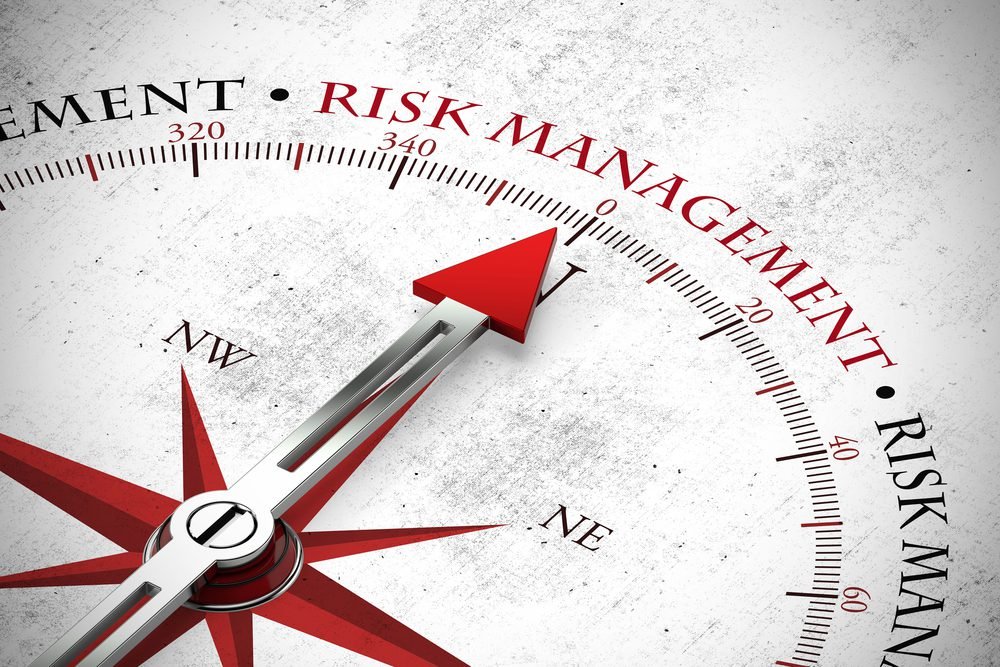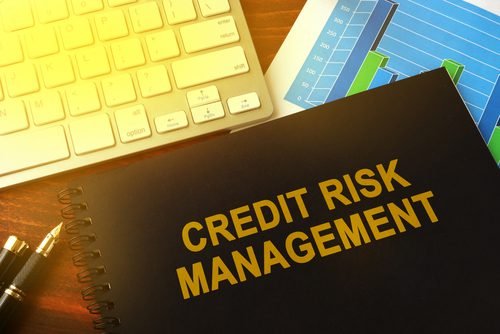‘Prevention is better than cure’ – Desiderius Erasmus, Dutch philosopher.
In the world of finance, risk management is the process of identifying risk factors, analysing them and solving them in advance to ensure minimum threat to an organisation’s capital and earnings. The risks could be errors within the management, natural calamities, legal liabilities or financial uncertainty. Decisions are made to curb or reduce these risks. cours
Financial services aren’t all about numbers, it’s also about giving the right advice to the clients and helping build trust with them while also solving their problems.
Risk management also includes business units such as securities trading desks or loan origination departments.
As a risk manager, your responsibilities include
- Identifying the risk indicator
- Estimate the possible effects
- Come up with measures in order to control or eliminate the risks
- Assess the role of the other individuals in the project regarding how they can contribute to risk management
Given the rise in demand for risk managers, various universities are offering risk management courses specifically aimed at educating individuals about risk management.
Some of the best risk management courses are-
- ORM (Operational Risk Management)
- CCRA (Certified Credit Research Analyst) provided by AIWMI, India
- FRM (Financial Risk Manager) provided by GARP, USA
- PRM (Professional Risk Manager) provided by PRMIA UK
Altogether, a risk manager’s function can be summed up as taking clinical measures to prevent losses and securing the company’s assets. Problem solving, analytical skills, good communication skills and the ability to work under pressure are some of the requirements of a risk manager. To be a successful risk manager, it is very important to have sharp analytical insights. A risk manager is an utter failure if he can’t interpret data presented to him to reach a logical conclusion. Additionally, experience in law, accounting, insurance can also add value to one’s CV and provide more prospects.
Having good judgment and decision-making skills are essential. One should be a good leader and ensure that the team heads in the right direction. Some of the most important tools and techniques in risk management are brainstorming, analyzing the root cause, SWOT analysis, and risk register. A risk manager plays a very crucial role in any organisation. They are an invaluable asset to the company and play an important role in maintaining the fiscal health of the organization. The icing on the cake is that there are very few organisations that plan projects without assessing the risks involved. Hence, a risk manager has the chance to choose his employer from various organisations in the market.
A risk manager has the opportunity to don many hats during their career:
- Risk management analyst
- Risk advisor
- Risk management consultant
- Risk control supervisor
- Chief risk officer
Due to the recent pandemic, the importance of having a risk manager has increased by three folds. Organizations globally have created risk committees hence boosting job growth.
The risk committees are responsible for planning solutions for a crisis and dealing with the losses the organizations have gone through as a result of shutting down operations for a few months. The pandemic has brought the risk managers onto the center stage. For risk managers, the job market has ample openings now and they should make the most of it.
Risk management is a well-paying job if you’re qualified enough and have the right degrees. It is a key business discipline. It adds value to an organization’s execution. The U.S. Bureau of Labor Statistics predicts job growth in the risk management sector at about 19% through 2026.
Risk managers are an asset to the organization and it’s their responsibility to keep the ship afloat and ensure that the company has minimum damages.




